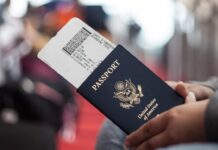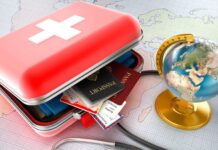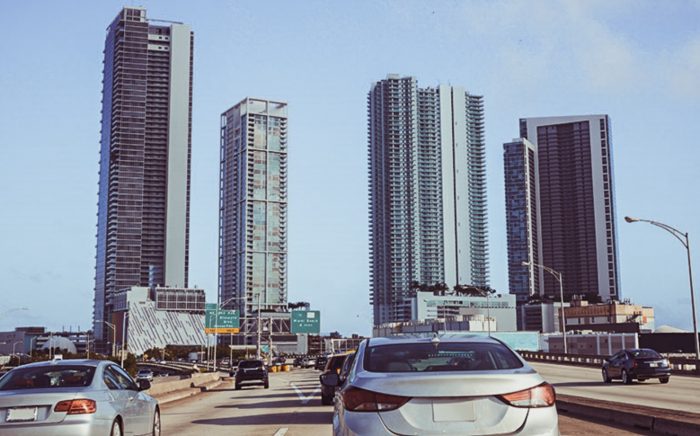
Miami, a destination where the party never takes a day off. Be it weekend or a regular Tuesday afternoon, under the stars, at the beach, in a club, or on a rooftop bar, options are endless. On top of it all, amazing beaches are a perfect way to unwind from the busy nightlife the city offers.
If you have been considering renting a car for your vacation in Miami, FL or simply driving down South to have a full package experience, here are some useful things to consider.
Safety first. Since you will be driving in one of the country’s most congested cities traffic-wise, make sure you know who to turn to or what to do in case of an accident. The state of Florida has so-called “no-fault insurance laws” one would have to be familiar with to assess its ability to recover from the damages of the accident. However, studying laws and regulations in traffic might not be the most amusing thing to do for everyone (especially if you are going on a vacation). So, the safest option would be to turn to one of the injury law attorneys who can easily help you go through this process and benefit from the situation as much as possible. You can find more information about hiring injury law attorneys on websites, such as dantelaw.com. After all, Miami has an average of 180 car accidents per day, so better to be safe than sorry.
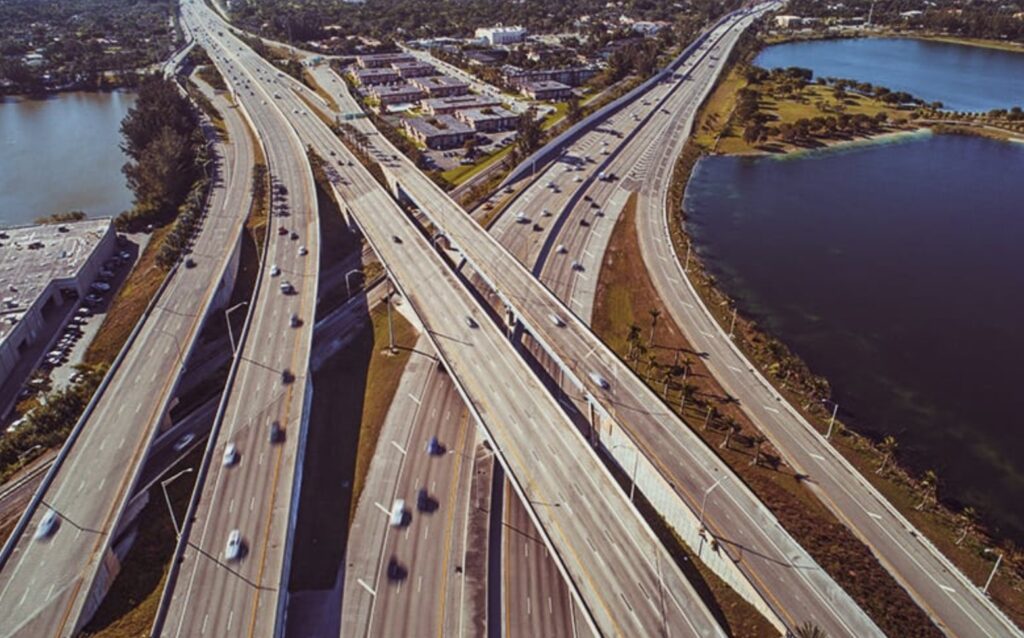
You can also expect a language barrier because Spanish is more often spoken than English.
As for the driving and traffic regulations, they are not much different than the regulations in other states. Here’s what you should consider:
- Driving license, registration and/or car rental documents are to carry in the vehicle at all times
- Driving is done on the right-hand lane of the road
- Seat belts are mandatory for all passengers, children under 5 are to be fastened in the car seats designed for their age.
- Traffic lights –unless stated otherwise, right turns are allowed during a red light
- Pay special attention to speed limits (especially residential areas and school zones), they tend to change often due to construction work
- Pedestrians legally have the right-of-way
- Using cell phones for texting while driving is forbidden, even though you will for sure witness locals doing this
Try not to be surprised by the notorious driving on the locals, switching from one lane to the other without signaling, or simply honking their horns as a sign of celebration of their favorite football team victory.

Patience is a virtue. As mentioned before, traffic congestion is a constant, but Miami is also a city where average commute time is almost one hour, making it the city with the worst commute time in the US (whether you are driving or using public transportation).
Using the city highways and express lanes is an option if you want to progress faster to your destination, but not all of them are toll-free.
Toll-free roads:
The Palmetto Expressway (826) that runs from Kendall to North Miami Beach. It’s a free route, but slow due to the heavy traffic from when the sun is up, until after dark.
Interstate 95 (I-95) a major highway running from Maine to Miami, which turns into US Highway 1. Locals commute to Broward County, so you can also expect a lot of traffic during the day.
Snapper Creek Expressway (SR 878) connecting the US 1 to Don Shula Expressway.
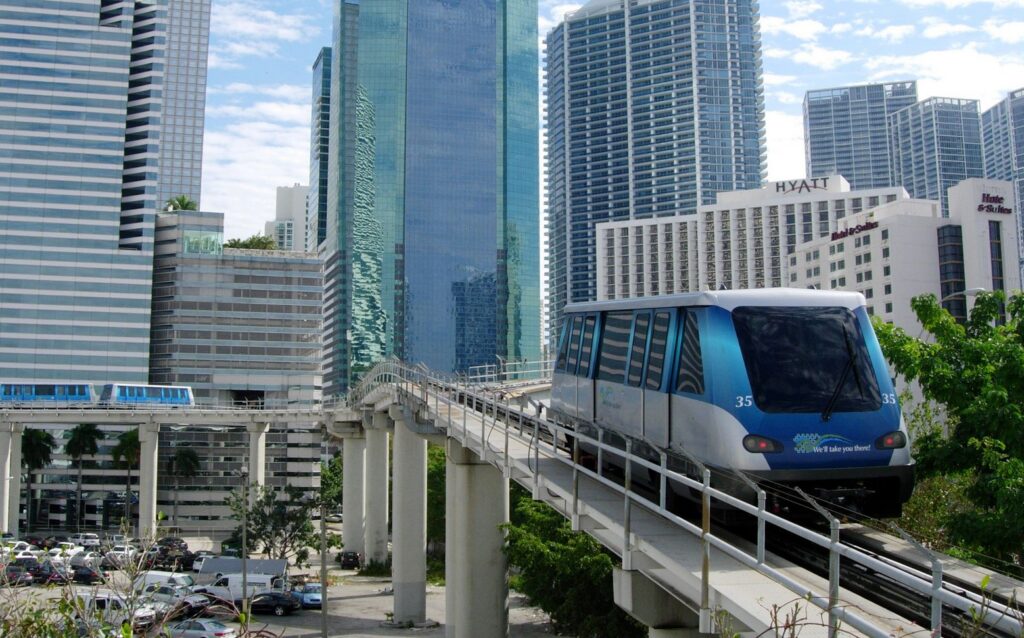
Toll chargeable:
The Airport Expressway (SR 112) connects the city with Miami International Airport, via I-95 and is the most convenient expressway option.
Dolphin Expressway (SR 836) goes from downtown Miami to Sweetwater. Also connected with the Homestead Extension of Florida’s Turnpike.
Florida’s Turnpike Homestead Extension (SR 821) goes from Broward County through most of Miami-Dade County, ending in Florida City. The road is mainly used by those commuting to the Florida Keys and Everglades.
Don Shula Expressway (SR 874) connecting the Palmetto and Florida Turnpike Homestead Extension.
Toll roads have a no-cash policy and are payable only electronically.
I-95 express lane is a useful way to skip the heavy traffic. However, you have to be prepared for seven miles drive once you’re on it, not exiting the highway. Pulling your car in between the plastic poles on the express lane is also illegal.
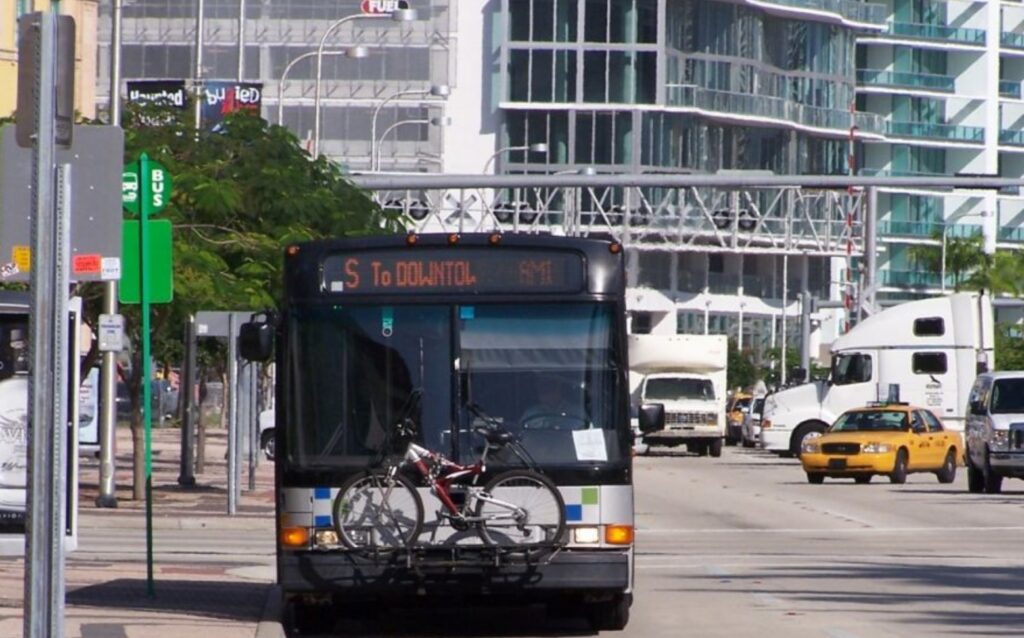
Dialing Florida Department of Transportation can get you the traffic updates you may need. The service allows you to create a profile for two phone numbers, where you can use an unlimited number of routes.
Parking. As is the case with any other big city, Miami parking fees vary depending on the neighborhood you park.
There are numerous available mobile applications you can use to pay for the parking services, depending on the neighborhoods you park at.
Parking lots in neighborhoods that include: Downtown, Brickell, Coconut Grove, City of Coral Gables, Little Havana, Wynwood, and the Design District are regulated by the Miami Parking Authority and can be paid with the mobile applications available both on Android and Apple (Pay by Phone app).
Parking lots in South Beach and surroundings are regulated by the City of Miami Beach and are also payable via mobile applications.
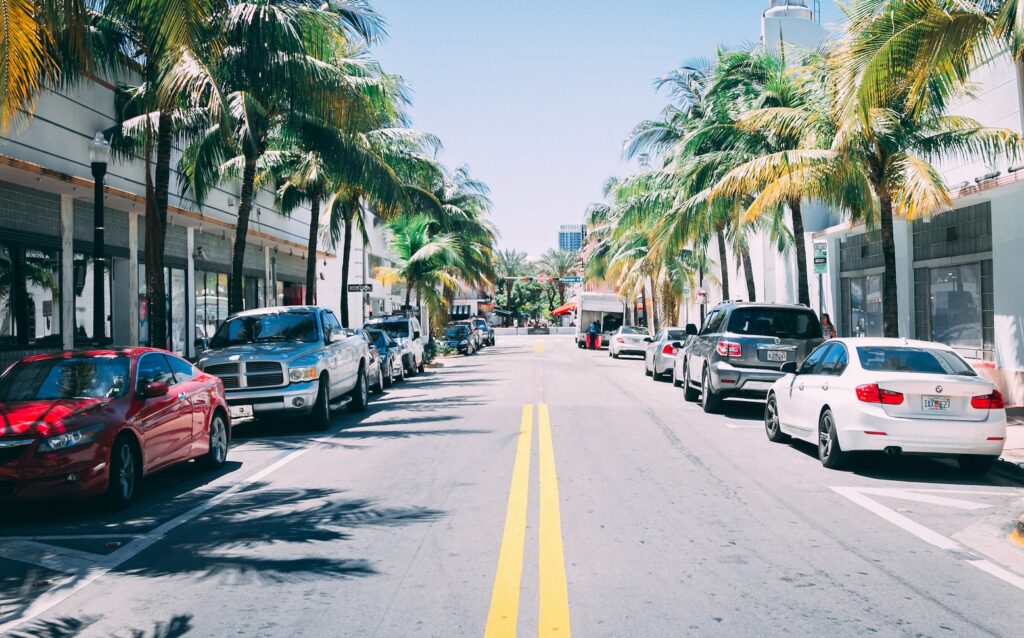
Certain mobile applications also show available parking spots and are highly recommendable during peak travel times (ParkMe-Miami Beach app).
Bike around. If you find all the driving in the car too stressful, Miami offers many alternative ways of exploring the city. One of them using the CitiBike bicycle station, where you can rent a bicycle and tour around the city. After all, Miami is transforming into a bike-friendly community.
Many shops rent scooters. Some of the hotels are also offering bike and scooter rentals, or are including them in their room rates.
In case you chose to bike around, getting familiar with Florida’s bicycle laws would prepare you for the full experience.
Whichever means of transportation you choose, driving in Miami will most definitely give you a unique experience.
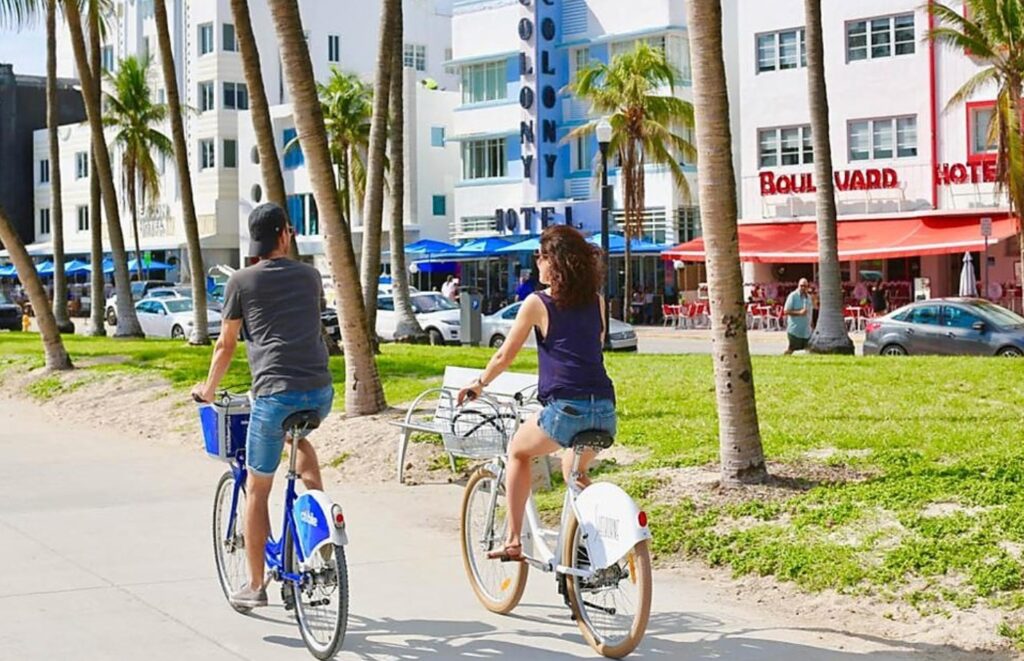
Is it challenging? Maybe. Can it be done? Absolutely.




